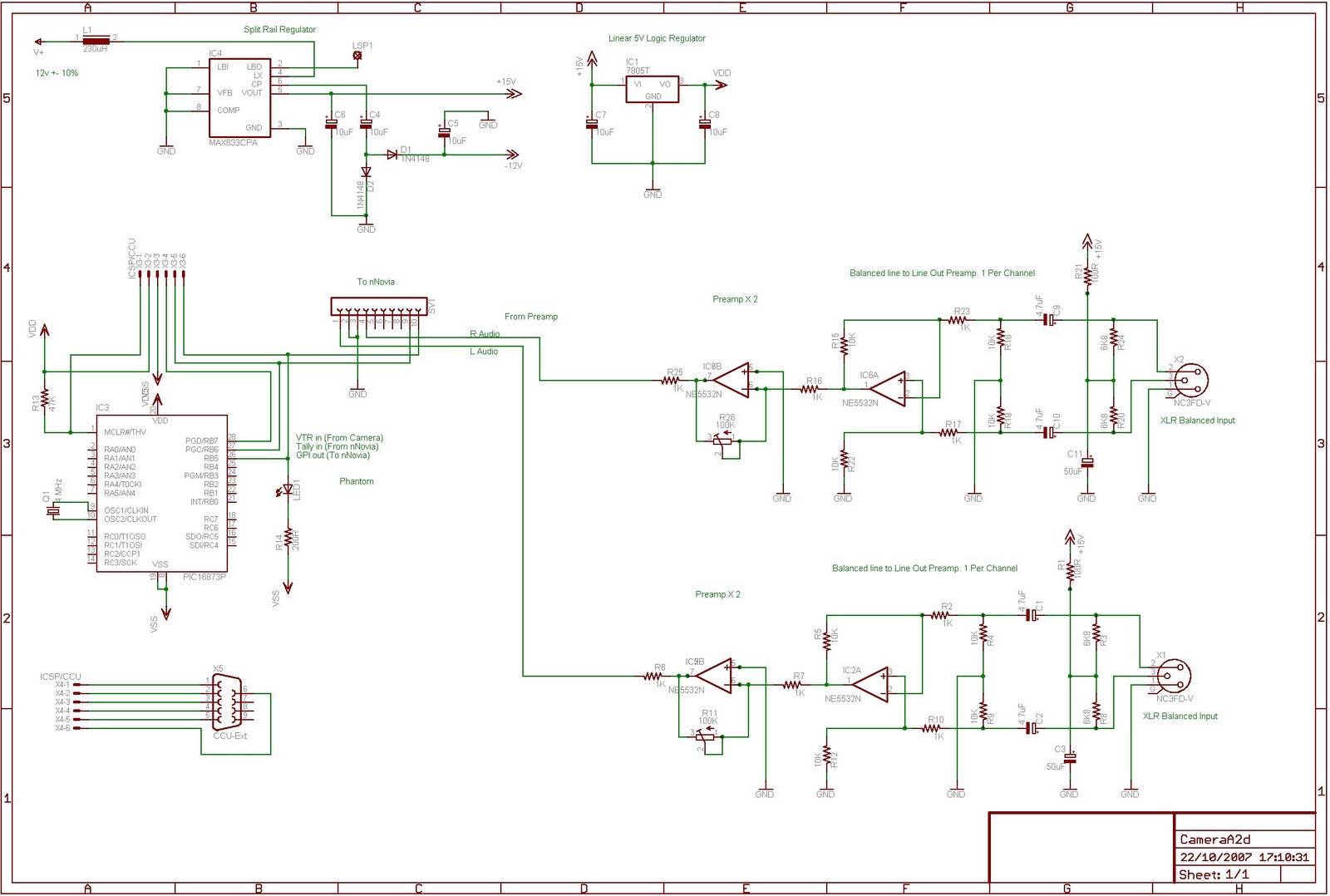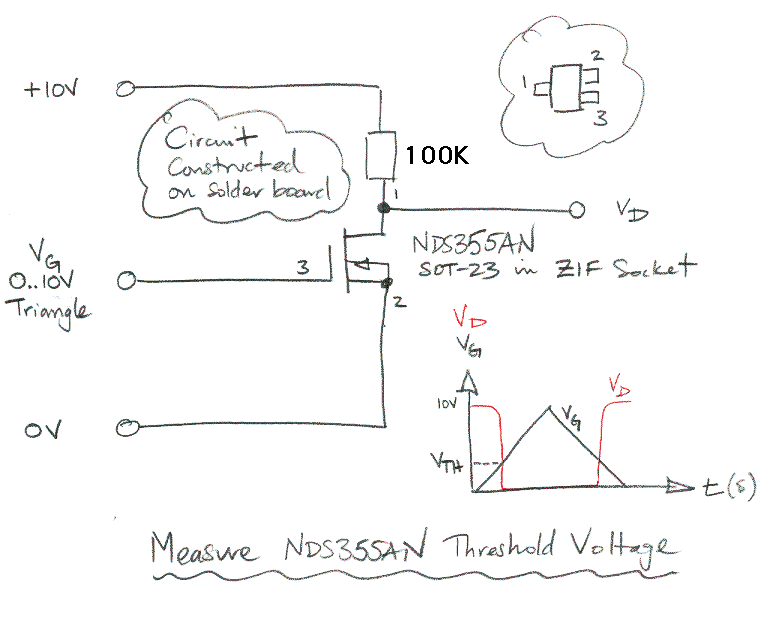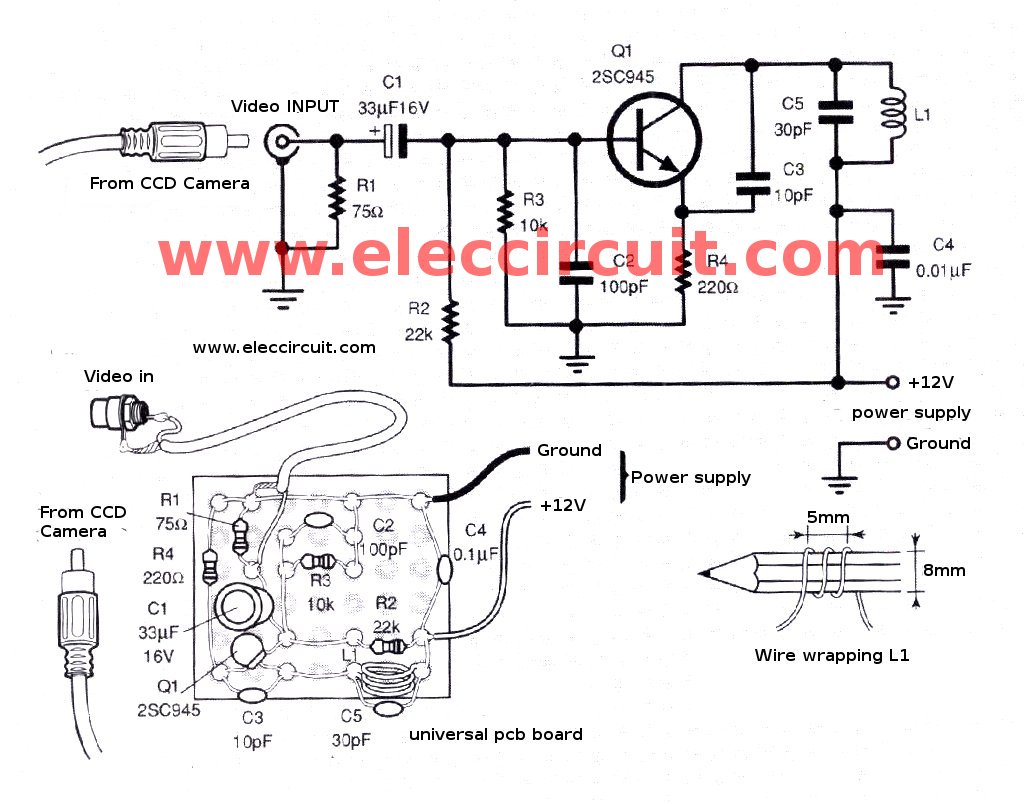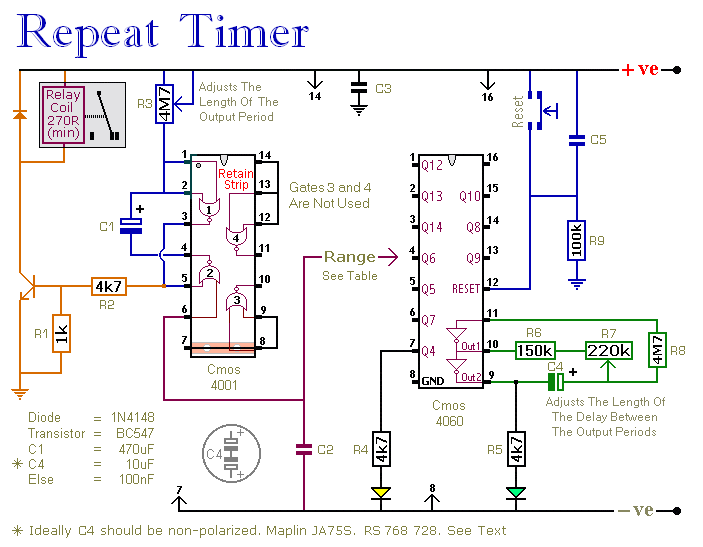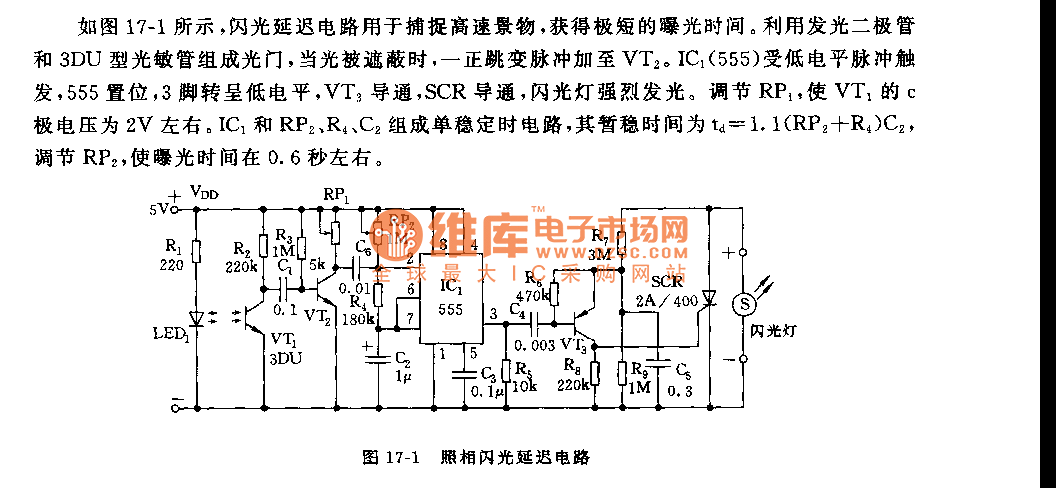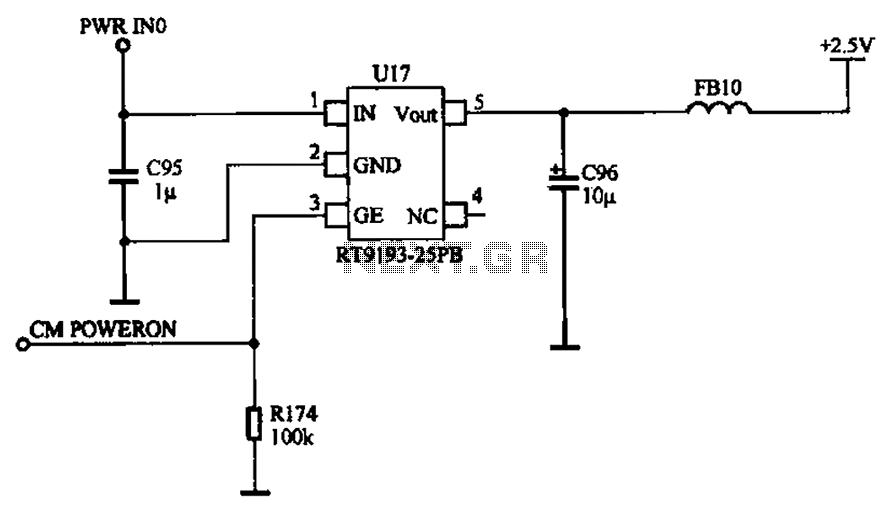
Rocket Launch Camera Triggers
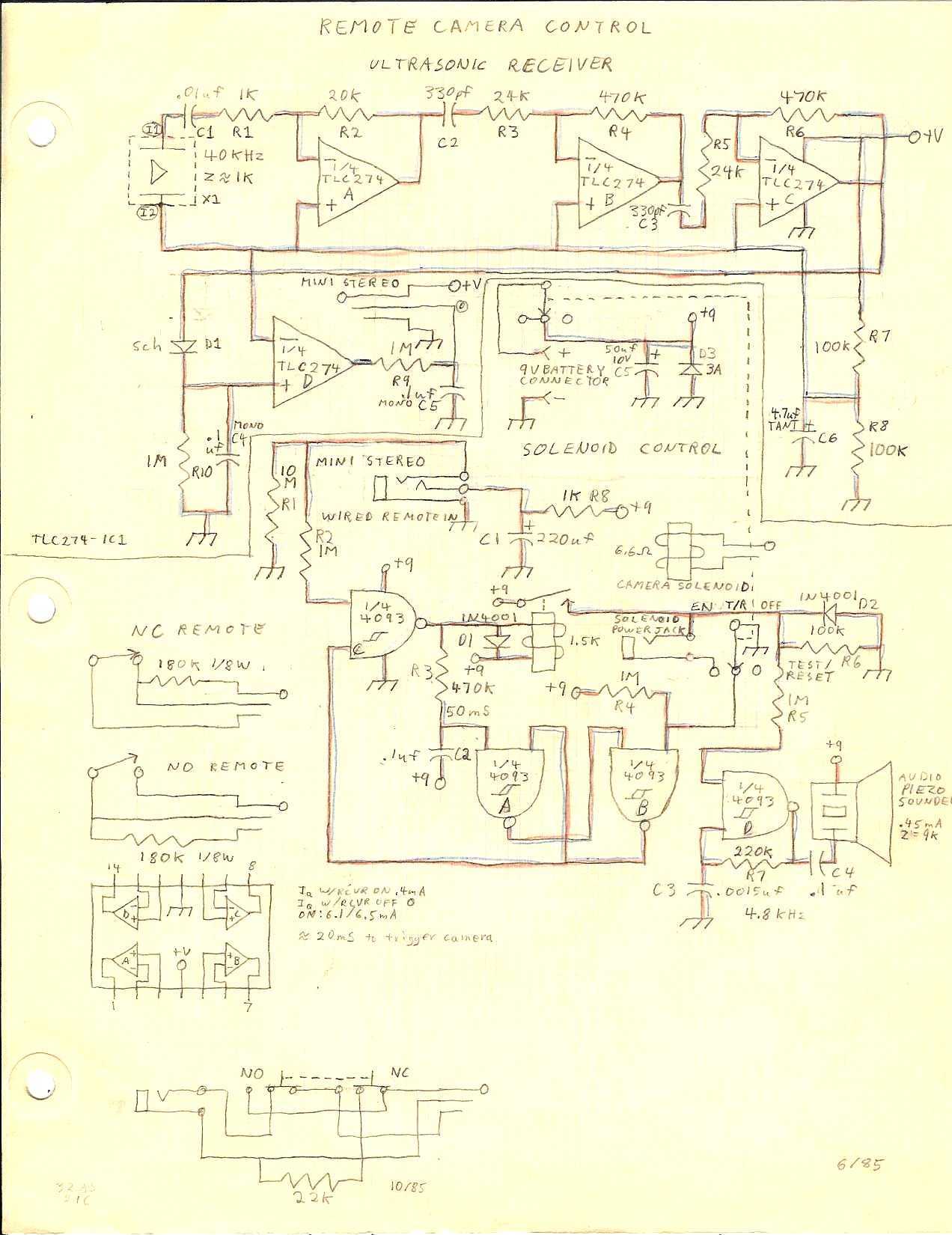
To sense a rocket launch, this clip is simply clipped onto one of the fins of the rocket. The cable is taped or tied to a leg or other part of the launch pad, with the length of cable after the tie point being adjusted to cause the clip to pull off the rocket fin at whatever height is desired.
The described system serves as a mechanical launch detection mechanism for rockets, utilizing a simple clip attached to one of the rocket's fins. The clip functions as a physical sensor, designed to detach from the rocket at a predetermined altitude during the launch sequence. This detachment can be configured by adjusting the length of the cable that connects the clip to the launch pad.
The clip is typically made from a lightweight material to minimize any aerodynamic interference with the rocket's flight. The cable, which is securely taped or tied to a stable structure of the launch pad, should be of sufficient strength to withstand the initial forces of the rocket's launch without breaking. The adjustment of the cable length is critical; it allows for precise control over the height at which the clip will disengage from the rocket. This height can be tailored based on the specific requirements of the launch, such as the type of rocket or the desired timing for data acquisition.
Once the clip detaches, it can trigger a secondary system or sensor, which may be used to record data or initiate other processes related to the launch event. The design emphasizes simplicity and reliability, ensuring that the mechanism operates effectively in the high-stress environment of a rocket launch. Overall, this system provides a straightforward yet effective solution for sensing the launch of a rocket.To sense a rocket launch, this clip is simply clipped onto one of the fins of the rocket. The cable is taped or tied to a leg or other part of the launch pad, with the length of cable after the tie point being adjusted to cause the clip to pull off the rocket fin at whatever height is desired. 🔗 External reference
The described system serves as a mechanical launch detection mechanism for rockets, utilizing a simple clip attached to one of the rocket's fins. The clip functions as a physical sensor, designed to detach from the rocket at a predetermined altitude during the launch sequence. This detachment can be configured by adjusting the length of the cable that connects the clip to the launch pad.
The clip is typically made from a lightweight material to minimize any aerodynamic interference with the rocket's flight. The cable, which is securely taped or tied to a stable structure of the launch pad, should be of sufficient strength to withstand the initial forces of the rocket's launch without breaking. The adjustment of the cable length is critical; it allows for precise control over the height at which the clip will disengage from the rocket. This height can be tailored based on the specific requirements of the launch, such as the type of rocket or the desired timing for data acquisition.
Once the clip detaches, it can trigger a secondary system or sensor, which may be used to record data or initiate other processes related to the launch event. The design emphasizes simplicity and reliability, ensuring that the mechanism operates effectively in the high-stress environment of a rocket launch. Overall, this system provides a straightforward yet effective solution for sensing the launch of a rocket.To sense a rocket launch, this clip is simply clipped onto one of the fins of the rocket. The cable is taped or tied to a leg or other part of the launch pad, with the length of cable after the tie point being adjusted to cause the clip to pull off the rocket fin at whatever height is desired. 🔗 External reference
